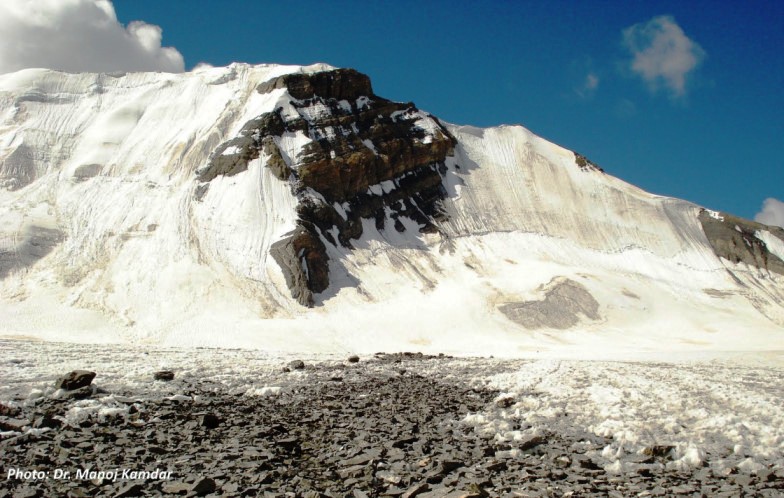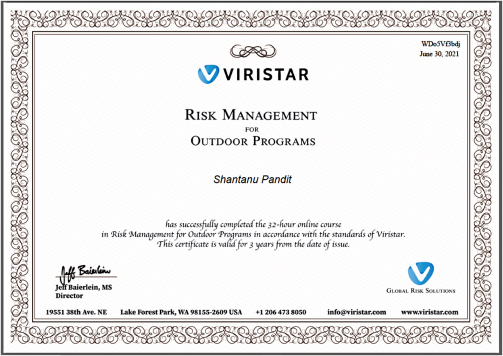* There must always be room for judgment, but judgment aided – and even enhanced – by procedure.
– Dr. Atul Gawande in ‘Checklist manifesto’ *
“Critical incident related to hypothermia: involving the assistant leader (AL) of a two-person leadership team leading a group of eight participants on a 16-day Himalayan hike, accompanied by a route-guide, a local. AL identified himself as male. Age: 27 years.”
This is how I began my ‘pre-mortem’ when responding to a discussion-prompt on ‘Systems Thinking’ during a recent course I undertook: Risk Management for Outdoor Programs Course (RMOP). ‘Pre-mortem’ involved visualizing a hypothetical scenario in detail where a catastrophe (like a fatality) has occurred, and the objective is to ‘uncover systems issues that can lead to an incident’. Reviewing and analysing the incident, one was supposed to then answer the question ‘what improvement ideas do you find?’ The purpose of the pre-mortem approach is to identify factors that one can incorporate/improve in one’s system to be proactive and preventive in minimising risks. Also, just imagining a scenario set me thinking about my own experiences while identifying various influences on a situation and people involved in it.

Risk Management for Outdoor Programs (RMOP)
The above text refers to just one of the many intriguing and enlightening dimensions of the RMOP course. The course was largely based on self-study and participants were required to demonstrate their understanding of the subject through small group work, presentations, discussions and case studies. Based on a standards-approach, the course helped participants look at risk systemically. Going much beyond the immediate causes of an incident, this approach looks at factors that lie in multiple domains like organisational structure & processes, top leadership functioning, equipment issues, field experts and participant behaviour, and… aspects of a bigger canvas like social culture, outdoor field culture and regulations.

Process oriented versus person-reliant functioning
In the outdoor community that I am a part of, I have seen debates and heated discussions on ‘structure vs. freedom’ lean towards resisting a systematic approach to functional aspects like risk management. I think many people miss the point of how empowering structures and processes are, and how they help enhance efficiency and effectiveness and quality of experiences of all people involved. As is the case with so many things in life, the trick is to not lean towards a rigid, overly rules-driven functioning or sway towards the opposite end of the spectrum by relying solely on personal judgment and decisions. The course helped me get a remarkable big picture of risk management, and in the process helped me draw new linkages between several factors that lie in my memories of years of functioning in the outdoors. I must add here that Jeff Baierlein, director at ‘Viristar’, who facilitated our course is an absolute master in the topic.

Organisational Culture & Risk Management
Organisations need to encourage a culture that balances ‘rules-based safety’ and ‘managed safety’. Such a balance actually makes for easier functioning for field experts and is one of the factors that contribute to successful delegation. It also leaves enough scope for individual styles of functioning to flourish and enhances safety by capitalizing on personal experiences and capabilities in a dynamic field like outdoors.
